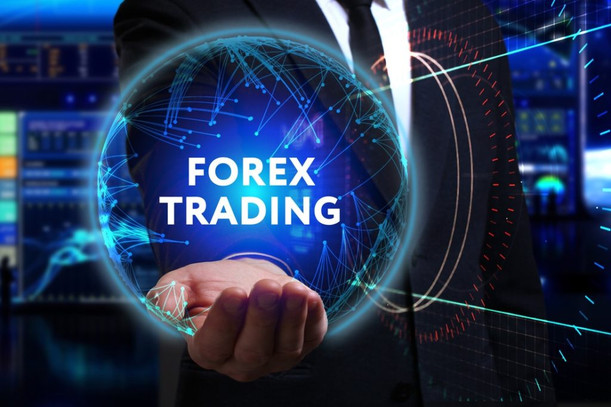Forex trading is the largest financial asset market in the world. Forex exchange trading, often shortened to forex trading, is a type of investment where investors buy one currency while selling another. Forex trading is an industry set up for insiders who understand how it works. As a beginner, aim to last long enough to understand forex trading's inner working until you become one of these insiders. You can achieve this by learning how to study the market, understanding the terminologies, and knowing the strategies. Read on to discover what forex trading is and how it works.
1) Supply and Demand. One of the first things that you should learn is the supply and demand of the market. Supply and demand explain the price formation in the forex trading industry. Every time a specific currency is bought, it creates surplus demand on the market. This demand throws the price off balance, pushing it higher. When a particular currency is sold, it creates excess supply. This supply throws the price off balance, pushing it down. The impact of these changes is directly proportional to the trading volume per deal. Big economic players like banks tamper with the demand and supply currencies. Small players like retail traders only influence the market slightly. Global economic events influence the demand and supply of currencies, thus affecting the industry. Learning how to balance the price is key to understanding how forex trading works.
2) Leverage. One thing that can hang you out to dry is the ability to use forex trading leverage. Leverage allows you to trade using more money than you have in your account. For instance, you could have $1000 in your brokerage account. If you were trading 2:1, you could trade and control $2000 of currency in the market. Most forex brokers offer up to 50:1 leverage. However, always be prepared for the consequences of using leverage. Leverage can double your account or make you lose it in a few days. If you make a bad trade, you could lose your account. Remember that volatile price changes can shake you emotionally and make you take risker trades, which can accelerate your losses.
3) Analysis. Analysis is the primary key to succeeding in forex trading. Analysis is also the one thing that makes forex trading work. Forex trading involves two types of analysis: fundamental and technical analysis. Fundamental analysis is a form of financial audit, which looks at the various elements of an economy. These elements include the current stage of the economy, relevant events, future prognosis, and possible impact on the market. Fundamental analysis looks at a country’s GDP, natural disasters, economic advancements, and how such events influence supply and demand. Fundamental analysis requires you to understand international economics and the future factors that the market may encounter. Technical analysis deals with two variables: time and price. These factors are both strictly quantified and accounted for by the market. Technical analysis makes forex trading work better when studying charts instead of making economic inquiries.
4) How Forex Trading Works. The value of a currency is measured by how much it can buy another. This is called the price quote. The price quote has two types of prices: vid and ask. The bid price is used when selling a currency, while the ask price is used to buy a currency. The ask price is always higher than the bid price. Market participants instantaneously communicate the price quote between each other at all times, except when the market is closed. Your broker receives the quotes from their liquidity providers like banks and then sends them to you through the internet. Trading takes place on the forex trading platform you choose. For example, a buy order is placed on a currency pair, for example, the EUR/USD currency pair. Your broker uses some money from your account to buy the pair’s base currency (in this case, the EUR) and sell the pair’s quoted currency (the USD). Depending on your trading strategy, you can wait for the purchased currency to grow in value and close the deal when it has accumulated satisfying profit. Your broker will perform the opposite transaction. They will sell the EUR and purchase the USD.
Forex trading may sound confusing at first. However, these basics will get you started. Before diving into the live market, use a demo account to learn and prepare yourself. After that, you can choose a broker from the several forex platforms available to help you make a profit.





